RESEARCH: MRSA in pigs in Belgium
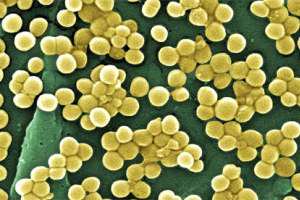
More efficient hygiene measures are needed in Belgium to reduce the number of Methicilin-resistant Staphylococcus aureus (MRSA) infections in the country.
That was one of the main messages of Marijke Verhegghe, researcher at the Flemish Institute for Agricultural and Fisheries Research (ILVO).
Verhegghe zoomed in what genetic diversity exists and how Livestock Associated MRSA (LA-MRSA) can infect pigs and pork in the total feed to food chain.
She pointed to a good hand hygiene for pork producers in case of direct contact between pigs; as well as the use of a hygiene barrier, using facility specific clothing.
LA-MRSA
LA-MRSA, found in livestock, mainly pigs, is one of three different types of MRSA distinguished in science. This type can occasionally jump to people. In addition, also Hospital Acquired (HA) MRSA exists, mainly affecting weak and elderly people – as well as Community Acquired (CA) MRSA, found outside hospitals.
Verhegghe screened 30 pig farms (some of them were combined facilities, having also cattle and poultry). In 26 farms (87%), MRSA was found in the pigs.
LA-MRSA was also found in poultry (10%) and cattle (50%), when they were on the same farm with pigs. The bacteria can be found inside of the pigs’ noses and on their skin and through air circulation, this can generate microscopically small solid and liquid elements.
On four farms, the researcher followed groups of piglets from farrow to slaughter. This way, she could determine moment and source of infection.
Verhegghe distinguished two types of pig farms in this respect. On the ‘low colonisation’ farms, LA-MRSA only occurred sporadically in both sows and piglets during farrowing and lactation. Only later in grow-finishing, when the pigs reached 20 kg, the number of infected animals rose.
On the ‘high colonisation’ farms, in both sows and piglets LA-MRSA was found right from farrowing, with up to 100% infection.
The more the animals approached slaughter age, the more the percentage of MRSA dropped. This is potentially related to the occurrence of different types of staphylococci.
For (neonatal) piglets, infection sources for MRSA could be one of the following, she concluded:
• Through a contaminated sow
• Through older piglets
• Through the environment
She also found LA MRSA elsewhere in the chain, e.g. in pig carcasses.
In total, there are six million pigs in Belgium.
Join 18,000+ subscribers
Subscribe to our newsletter to stay updated about all the need-to-know content in the pigsector, three times a week. Beheer
Beheer

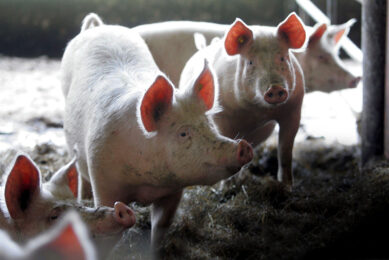
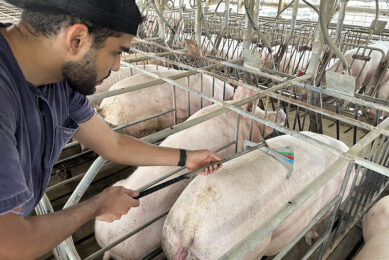
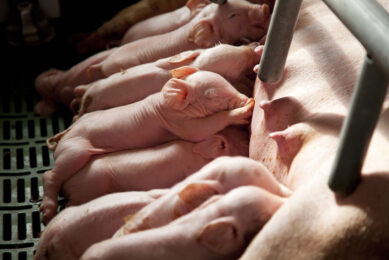
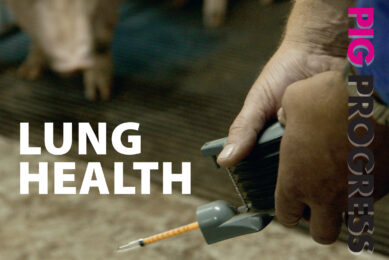





 WP Admin
WP Admin  Bewerk bericht
Bewerk bericht